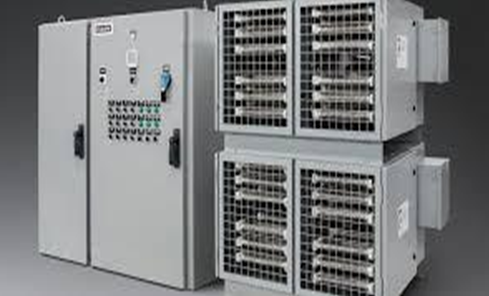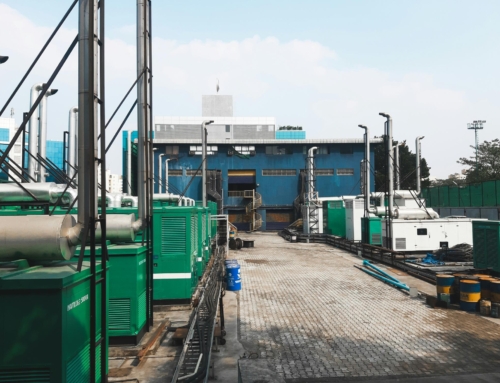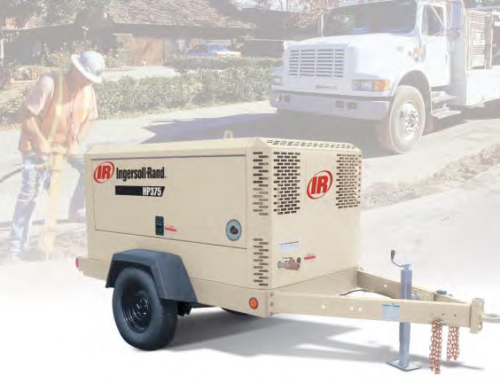Most generator makers stack test generators as a piece of the assembling procedure. Transportation, establishment and establishment configuration (to incorporate paralleling of crisis generators) can give un-arranged issues. To avert loss of time since loss of utility power, booked load testing of reinforcement generators is suggested. When testing a crisis generator design, the engine, generator and controls frameworks are tried.
Load bank analyzers can be utilized as a part of place of an offices stack. This gadget builds up an electrical load for generator yield power. Load banks can be characterized as an independent, unitized, precise gadget that incorporate load components with control and extra gadgets (framework that tests crisis generator and related frameworks). Resistive and Reactive are the two styles of load bank testing frameworks accessible.
This article characterizes:
- Resistive Load Bank Testing
- Responsive Load Bank Testing
Table of Contents
Resistive Load Bank Testing

resistive load bank testing
Resistive load bank analyzers (Figure 2) are the most widely recognized kind of the two styles of load bank analyzers. The heap of the resistive load bank is made by the transformation or electrical vitality to warm by utilization of high power resistors (framework resistor setup regularly utilized). The resistive load recreates loads, for example,
- Lighting
- Engines
- Transformers
As the heap bank analyzer is associated specifically to the generator yield, the analyzer increments demand, and the generator frameworks are tried to full limit:
- Generator – Voltage and amperage at evaluated stack
- Walled in area Louvers – Opens when fenced in area temperature comes to evaluated temperature
- Engine Fuel System – Insures engine fuel framework capacities while completely stacked
- Engine Cooling System – Coolant temperature can be observed under genuine generator stack
- Engine Air Intake System – Insures air consumption framework (louvers can be incorporated) work when requested
This testing won’t enable the generator to create the full Kilo-Volt Amperage (KVA) rating. KVA is total estimation of complex power conditions. A volt is viewed as electrical weight and an Amp is viewed as electrical current. KVA is the result of the amperage and voltage.
Responsive Load Bank Testing

responsive load bank testing
Responsive load bank analyzers (Figure 3) are utilized to test the engine generator at its appraised power factor. Power factor is the measure of how effectively the heap (current) is being changed over into valuable work yield. It is a decent marker of the impact of the heap (current) on the proficiency of the generator. A power factor of 1 would show 100% effectiveness. Most generators keep running with a power factor of .8 (80%) proficient.
The three kinds of analyzers ordinarily utilized are:
- Inductive – The real part in this analyzer is an iron center responsive component. At the point when utilized as a part of conjunction with a resistive load analyzer makes a slacking power factor stack (current out of stage with voltage). Used for loads comprising of lighting, warming, engines, transformers and so forth.
- Capacitive – The significant part in this analyzer is the capacitor bank. The activity standard is like the inductive framework. The dielectric material in the capacitors change the power factor to a main power factor. The heap gave by this unit mimics electronic or non-direct loads normal of media communications, PC or UPS (Un-interruptible Power Supply) industry.
- Electronic Load Bank – Fully programmable, air or water cooled outline. These analyzers are utilized to mimic a strong state stack and give steady power to accuracy testing.






Leave A Comment